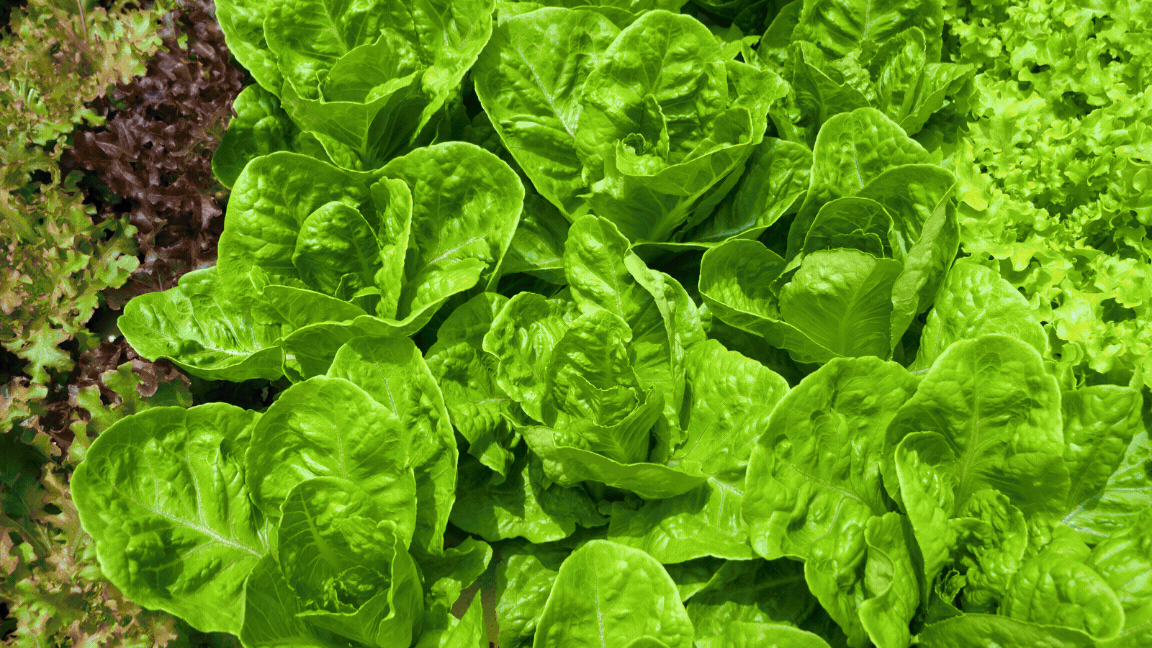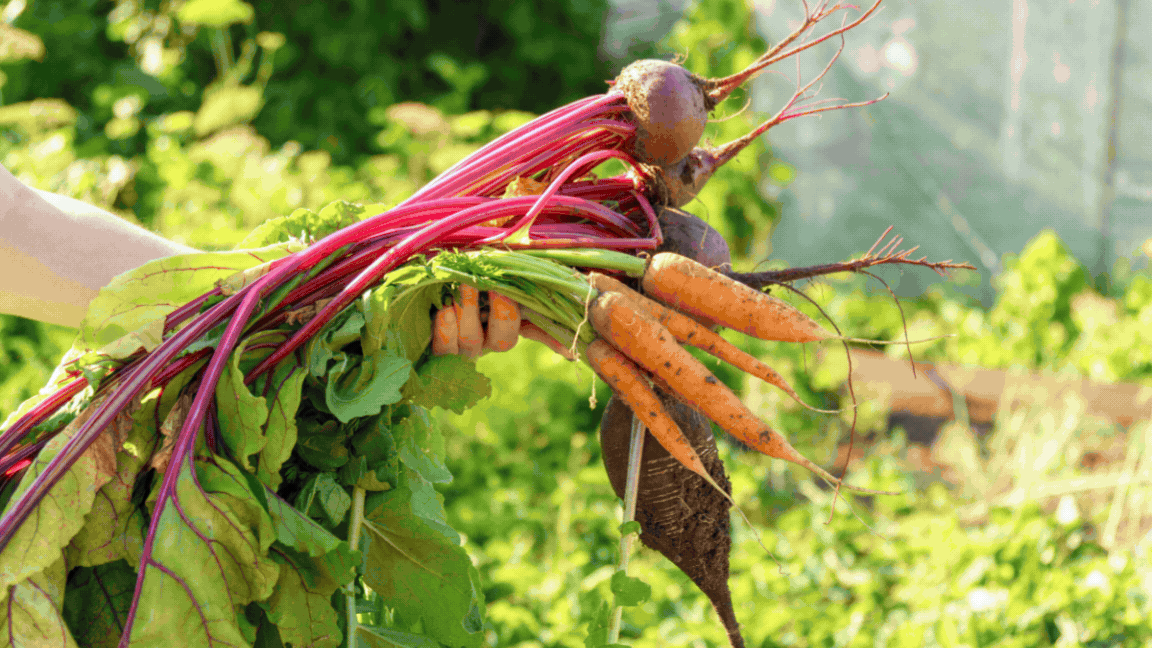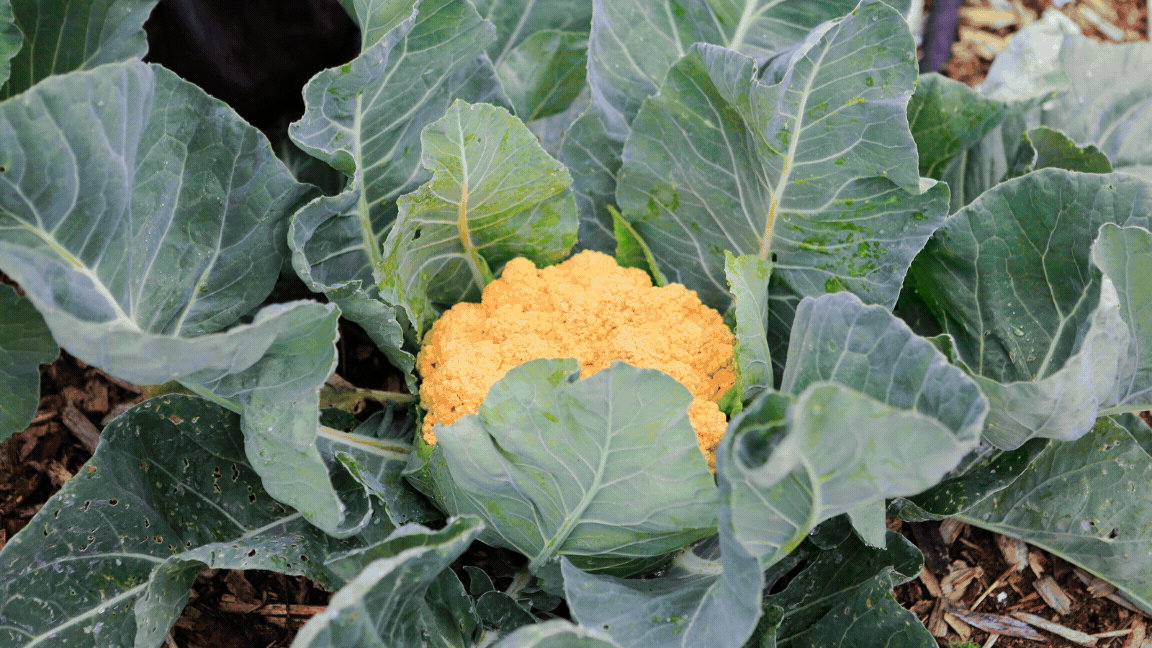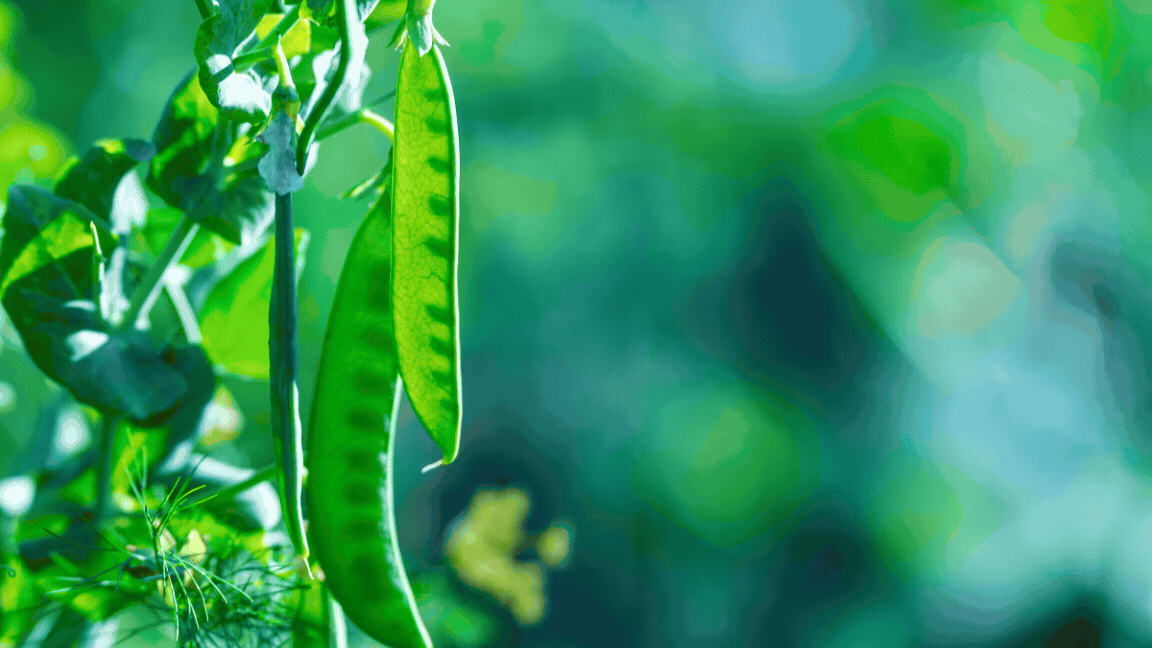Here’s What to Plant in August

In July, I usually find myself feeling sorry for the relentless summer heat my garden has to endure. But August is special. The intense heat eases up a little; it’s a perfect blend of wrapping up summer’s bounty while gearing up for the fall harvest. But you also find yourself questioning: What to plant in August?
In my own garden, August feels like a time to take stock and plan ahead. I think about which plants thrived in the blazing sun and which ones struggled, making notes for next year. It’s also the month where I get excited about what’s coming next. There’s still so much to plant and enjoy before the first frost. So, let’s talk about what you can plant in your garden this August to keep the harvest coming and your garden looking vibrant.
Related: 5 Summer Plants to Grow Right Now
What To Plant In August?
While August might seem late in the season, there are still some summer vegetables that you can plant and harvest before the first frost. Key to this is selecting quick-growing varieties that can mature in 60 days or less.
Cucumbers and Summer Squash: These are great options for August planting, especially if you choose varieties that mature quickly. Look for cucumbers that take around 50-55 days to harvest. For summer squash, opt for varieties that mature in about 45-50 days. These plants thrive in the warm soil of late summer and can give you a fresh harvest as the weather cools down.
Beans: Both bush beans and pole beans can be planted in August. They typically mature in about 60 days, making them a good choice for a quick turnaround. Bush beans are particularly great because they don’t require much support and can fit into smaller spaces in your garden.
Related: 5 Vegetables To Plant for Fall Harvest
Leafy Greens
As temperatures begin to drop, leafy greens can be sown with great success. These plants prefer the cooler weather and can even tolerate a light frost.

Lettuce and Spinach: These are staples for a fall garden. Lettuce can be planted early in August and will thrive as the weather cools. Spinach, on the other hand, can be a bit trickier to germinate in the heat. A useful trick is to chill the seeds in the refrigerator before planting them to simulate cooler temperatures and improve germination rates.
Kale and Swiss Chard: Both of these greens are hardy and can be planted in early to mid-August. They grow well in cooler temperatures and can survive light frosts, providing a steady supply of nutritious greens well into fall.
Arugula and Mustard Greens: These fast-growing greens can be sown in late August. They are quick to mature and do well in the cooler, shorter days of fall. Planting them later in the month helps prevent bolting and ensures a steady harvest.
Root Vegetables
August is an excellent time to sow root vegetables that will mature in the cooler months. These crops often improve in flavor after a frost, making them a perfect addition to your fall garden. Consider succession planting for crops like radishes and lettuce to ensure a continuous harvest throughout the fall.

Carrots and Beets: These root vegetables can be sown directly into the garden in August. Carrots can be tricky to germinate in hot weather, but using a method like the carrot board trick, where you cover the seeds with a board to retain moisture, can help. Beets are easier to germinate and grow well as the temperatures drop.
Radishes: These are one of the fastest-growing vegetables and can be ready to harvest in as little as 30 days. Plant them in succession to enjoy a continuous harvest throughout the fall.
Turnips: These are another great root vegetable for fall. They grow quickly and can be harvested for both their greens and roots. Sow them in early to mid-August for a bountiful fall harvest.
Brassicas
Brassicas, or cole crops, are ideal for planting in August. These cool-season vegetables thrive in the fall and often taste sweeter after being kissed by frost.

Broccoli and Cauliflower: Start these from seedlings rather than direct seeding to give them a head start. Plant them in early August to ensure they have enough time to mature before the cold sets in. Choose varieties that mature in about 60-70 days for best results.
Cabbage: Like broccoli and cauliflower, cabbage can be started from seedlings in early August. It’s a hardy crop that can tolerate cool weather and light frosts. Look for quick-maturing varieties to maximize your growing window.
Brussels Sprouts: These require a longer growing season but can be planted in August for a late fall harvest. Brussels sprouts improve in flavor after a frost, making them a delicious addition to your garden.
Cold-Hardy Vegetables

As the season transitions to fall, it’s important to include some cold-hardy vegetables that can withstand the cooler temperatures and even light frosts.
Peas: These can be planted in mid to late August. Peas prefer cooler weather and can continue to produce until the first hard frost. Soaking the seeds overnight before planting can help improve germination rates.
Claytonia (Miner’s Lettuce): This cold-hardy green can be sown later in August. It’s incredibly resilient and will continue to produce well into the colder months.
Tat Soi and Mache: Both of these Asian greens are exceptionally cold-hardy. They can be sown in late August and will provide fresh greens long after other plants have succumbed to the cold.
Tips for August Gardening
Before planting, make sure your soil is well-prepared. Add compost or organic matter to improve soil structure and fertility. Use mulch to retain moisture and regulate soil temperature, which can be especially beneficial for seedlings during the hot days of August. Consistent moisture is crucial for seed germination and healthy plant growth, particularly in the heat of late summer. And, of course, protect young seedlings from pests using row covers or applying organic insecticides with a backpack fogger. Pests can be particularly active during the warm months.